- Learning time
- 90 minutes
- First play time
- 180 minutes
Spirit Island
Designed by: R. Eric Reuss
In Spirit Island the oft-seen trope of expanding empires and colonising far-off climes is turned on its head: instead, the players work together as spirits inhabiting the far-off clime, and fighting off invaders who come to kill off the native people, build on the natural habitat and suck the island dry.
Spirit Island is a complex game and, like even mildly complex games, benefits from someone reading the rules and playing the game themselves once or twice so they understand it and can talk their confederates through the process. There’s too much to explain in depth here, but we’ll attempt an island-sized brushstroke: the size of the playing area depends on the number of players, but each section of the island is populated at the start by some invading forces, some native people (the Dahan), the presence of the players (represented by discs) and the by-product of the invaders, blight. Blight grows during the game, and is one way the players can lose – if all the possible blight to add to the island is added, it’s game over.
So one task is to stop the blight from growing. Another is to repel the cause of it, and this is how you win: by removing the invaders from the island. At the start of the game that means everything: their explorers, towns and cities, which propagate during the game. But there are ways to make this easier, as we shall see.
Players each start with a set of Power cards for their spirit, and a board that tracks how much energy – used to activate the cards – you receive at the start of a round, and how many cards you’re permitted to play. Each round begins with all players choosing one of three Gain options: loosely speaking, they’re a way to spread your presence across the island, gather extra energy, gain more Power cards as well as retrieve previously-played cards back into your hand. Then after everyone has gained, cards are played (and paid for) and there are three phases to follow: Fast powers, Invader phase, and Slow Powers. Fast and Slow powers work the same way: they’re the actions (marked swallow for fast, turtle for slow) on your cards, so you simply choose in what order to activate them. Again, in sweeping terms, they’re about attacking the invaders, defending the Dahan, removing blight and so on. All good stuff.
The Invader phase is the bad stuff. A conveyor belt of cards dictate on which terrain the invaders ravage, build, and explore. Ravaging is bad: if there’s an invader presence on the matching terrain, then explorers do 1 damage, towns 2 and cities 3. Any Dahan present take the hit: they have a value of two, so two explorers or a single town will wipe one of them out, before any remaining Dahan get to fight back. What’s more if a terrain takes at least 2 damage, you must add the dreaded blight. Then invaders will build towns or cities, and add more explorers with the explore action before you finally get to activate any slow powers you played.
If it all sounds brutal, and brutally hard, it is. But your spirits grow in power and influence during the game – more power cards in your deck give you more options, and some of the cards are extremely potent, if you have the energy to play them. And there’s another thing in your favour: Fear. Many cards add to the growing sense of unease for the invaders by heightening their fear of the island, which is tracked on a secondary board. When the fear reaches a critical juncture, Fear cards are activated, benefiting the players twofold: there’s an instant negative effect for the invaders, and every three Fear cards resolved makes victory easier: first, instead of removing all invaders, you only need to eliminate towns and cities. Then, just the cities. And finally when the fear deck is entirely emptied, the players simply win by terrifying the invaders away!
The guru's verdict
-
Take That!
Take That!
None from the other players, as you're working as a team.
-
Fidget Factor!
Fidget Factor!
Low. Although there's complexity here, everyone plays at the same time, and conversation is an intrinsic part of the experience
-
Brain Burn!
Brain Burn!
High. Understanding what the cards do and how they work isn't too onerous, but making them work in tandem with each other, planning together, factoring in the machinations of the invaders and the currencies of energy and fear... it's tricky!
-
Again Again!
Again Again!
Tricky, but enormously rewarding when it works. As well as the basic game - which has plenty of in-built randomness anyway - the box also offers different levels of difficulty, a solo mode, extra scenarios and more.

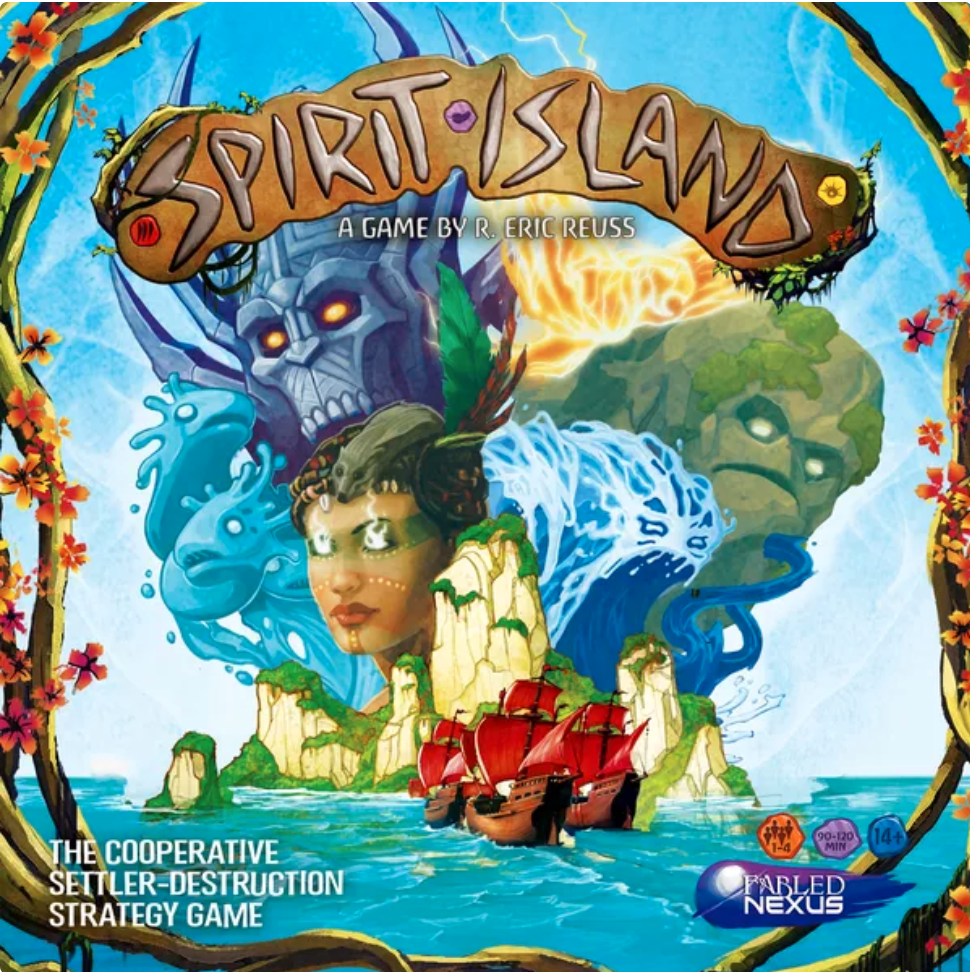
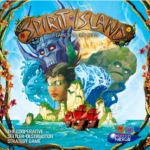


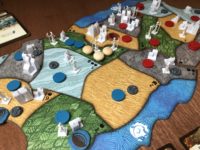
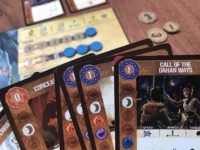


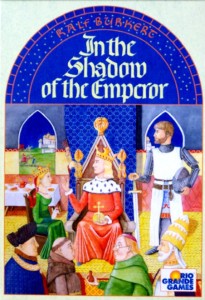
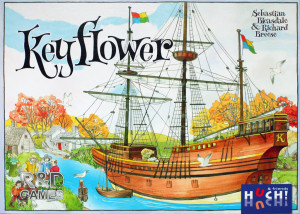


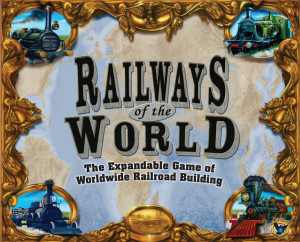
Sam says
While it isn't a thoughtful rumination on history in the way that a game like Pax Pamir is, it's still nice to see a game that doesn't encourage players to exploit people, lands and resources as if it's the most natural thing in the world. Instead Spirit Island holds up a mirror to a fairly unpleasant reflection: the past is littered with uncomfortable truths and reliving them via games doesn't have to be from the perception of the winners, for want of a better term. So thematically, Spirit Island is interesting. Mechanically, it's quite the puzzle: complicated, nuanced, hard to pin down and rather difficult to win in my experience! It's heavier on the brain than my default preferences, and the length, complexity and sense of system management might easily put some folk off. But if a challenge is what you like...